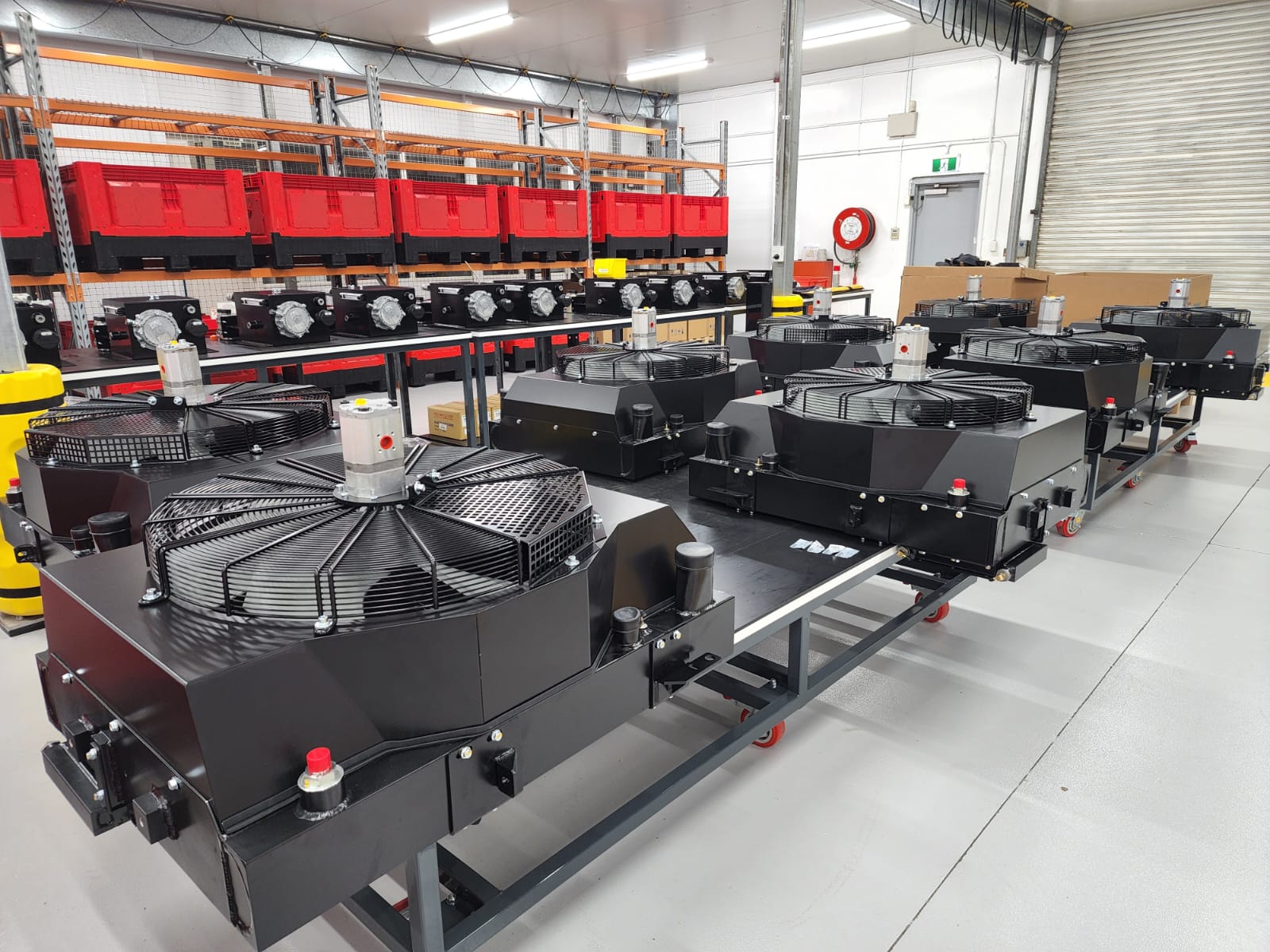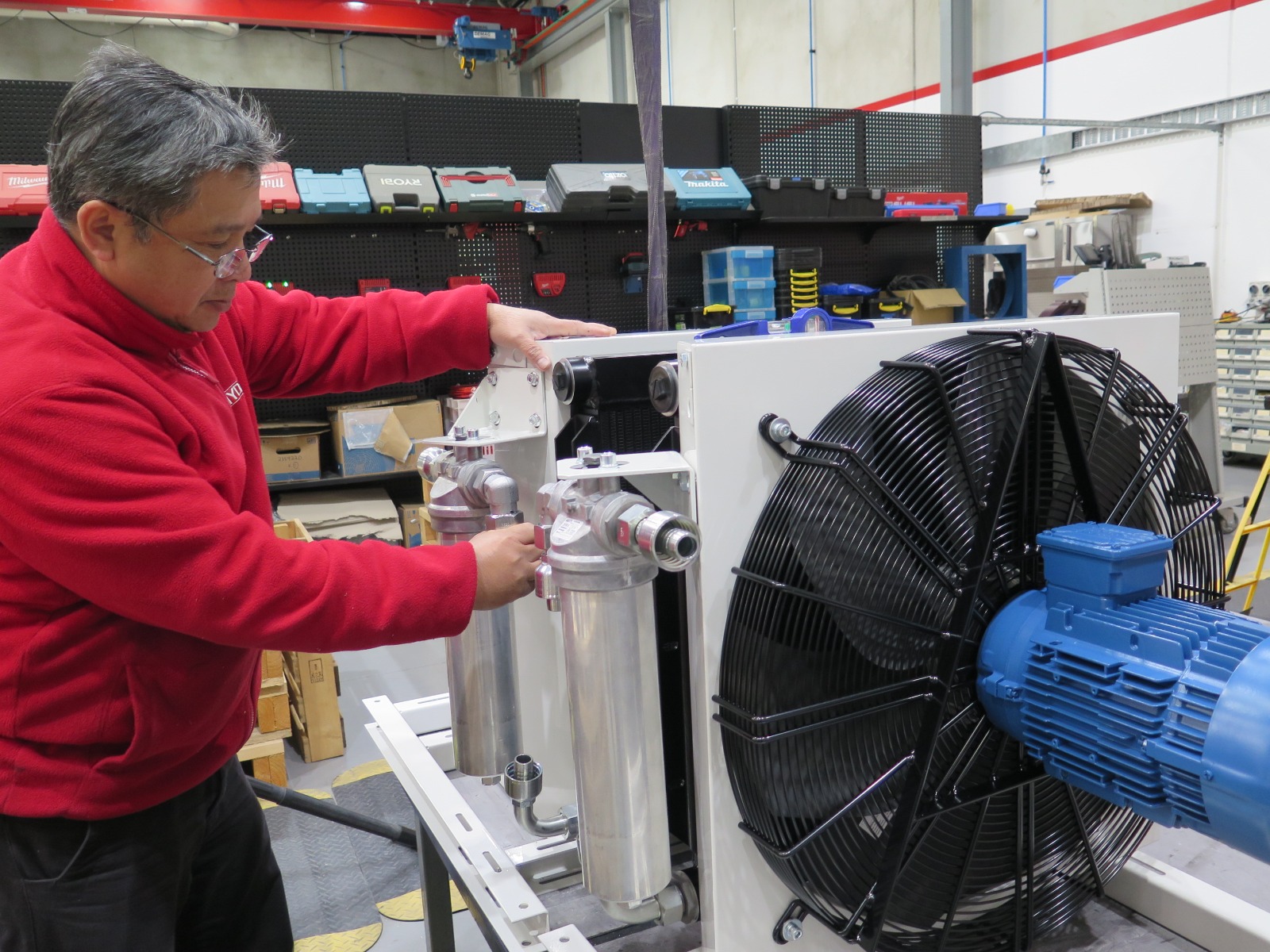Coolers are vital in managing heat, improving system efficiency by cutting down on generated heat and restoring equilibrium to fluid systems. They play a pivotal role in ensuring optimal performance across a range of applications.

## Types of Coolers
There are numerous types of coolers available, each designed to cater to specific operational requirements. These include chillers, brazed plate heat exchangers, gasketed plate exchangers, air blast coolers, and cold plate technology for electrical equipment. Depending on the setting—whether it’s an industrial site or mobile machinery—each type offers unique advantages and solutions.
## Choosing the Right Cooler for the Australian Market
In Australia, brazed plate heat exchangers are popular due to their thermal efficiency. However, they require high-quality water for effective cooling, which can be challenging to source, particularly in industrial and mining areas. Consequently, air blast coolers are often favored. When sizing air blast coolers, a straightforward but critical approach is necessary: a thorough understanding of the machine’s operations is key. This goes beyond mere thermal calculations; it involves a deep comprehension of how the machine works in practice. Focusing on both aspects ensures accurate sizing and optimized performance, avoiding inefficiencies that could arise from neglecting either element.

## Key Considerations for Sizing
To appropriately size an air blast cooler, several critical pieces of information must be provided. This includes details about the type of oil, its viscosity at different temperatures, and specific operating conditions. The sizing process depends heavily on comprehensive data, which is analyzed using specialized software. Whether the cooler serves an engine, a fixed installation, or a mobile machine like a genset, detailed data such as engine performance, hydraulic schematics, and desired operating temperatures are essential. Understanding the relationship between temperature and viscosity is crucial, along with considering factors like flow rates and maximum ambient temperatures. It’s not enough to provide maximum ambient conditions; minimum conditions should also be included to ensure the cooler performs effectively across all operational scenarios, regardless of location—from New Zealand to Tasmania or other environments.
## Common Mistakes
A common error in sizing coolers is basing it solely on the highest temperature observed in the system. Although this provides a good starting point, relying exclusively on this can lead to significant risks of under-sizing by two or three sizes. To avoid this pitfall, it’s essential to have a deep understanding of the machine’s operations and characteristics. This involves asking detailed questions and gaining an intimate knowledge of how the machine functions in its environment. By fostering a stronger connection between sales teams and customers, it ensures that coolers are sized accurately and tailored to meet specific operational needs. This approach not only enhances performance but also mitigates potential inefficiencies in cooling system design.
Listen to our podcast: Cooling Systems and Coolers for the Australian Market
## Contact Us for More Information
Coolers are indispensable in maintaining the balance within fluid systems and enhancing overall system efficiency. If you need further assistance or want to learn more about our products and services, feel free to reach out to us. We’re here to help you make informed decisions about your cooling needs.
---
Cooling systems are complex, but with the right knowledge and tools, selecting the appropriate cooler becomes manageable. Whether you're dealing with industrial settings or mobile equipment, understanding the nuances of your application will lead to better outcomes. For personalized advice, contact us today—we’d love to assist you!
Chemical Stainless Tank Trailers,Chemical Tank Trailers Buying Guide,Acid Tank Trailers
Shandong Tenda Vehicle Co. LTD , https://www.tendavehicle.com